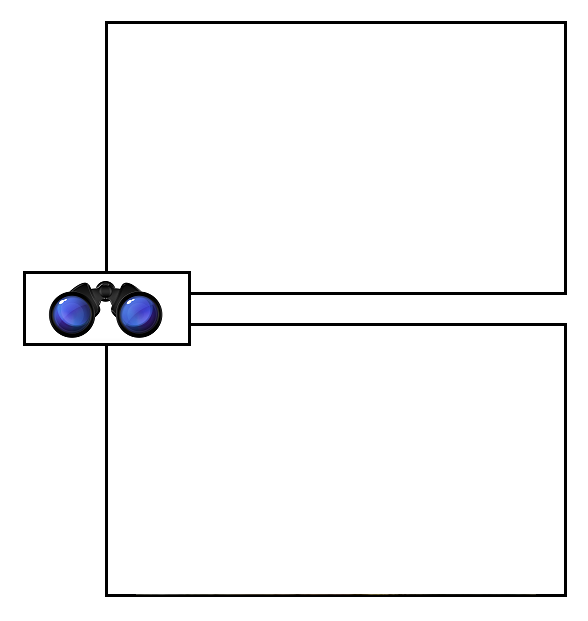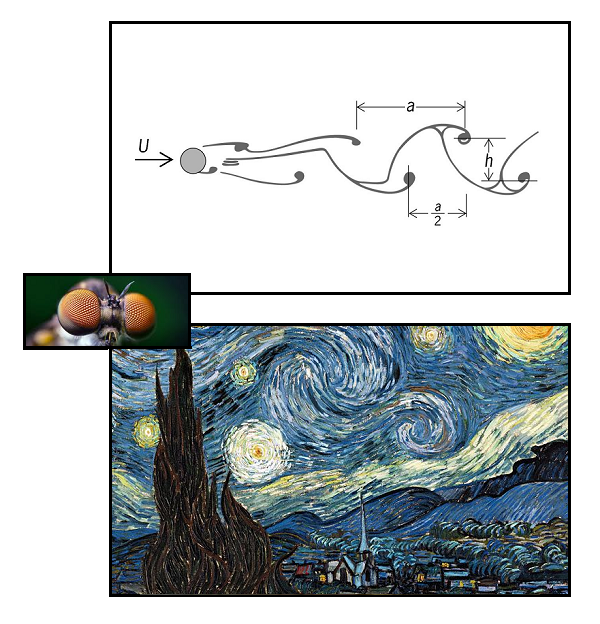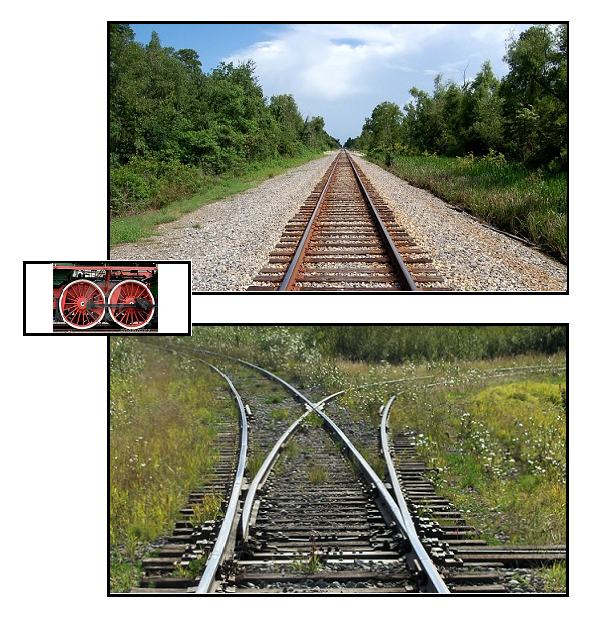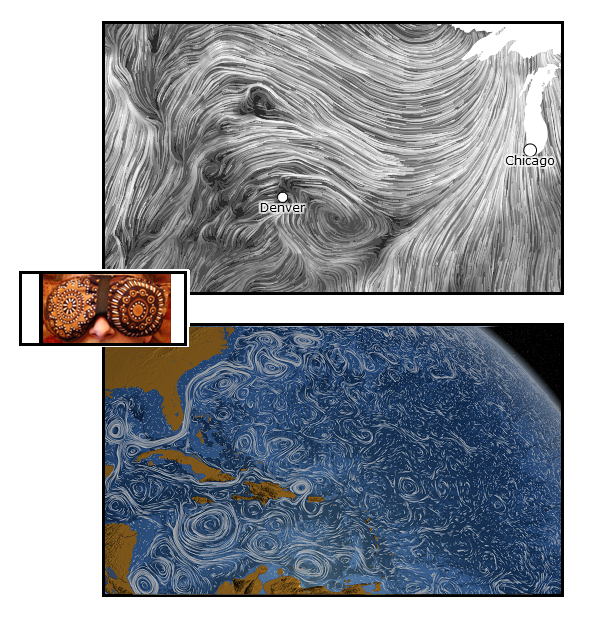Exploring and explaining Sembl: the basic move
The essence of Sembl thinking is that you see resemblances — similarities, analogies, symmetries, echoes, metaphors, connections, kinships, links — between things, between ideas, between people.
And you play them as moves in the game — you notate them, you score them.
That’s the basis of the iPad or web-based Sembl game, it’s the basis of the HipBone family of games that preceded Sembl and were its jumping-off point – and it’s the basis for the whole style of thinking we call Sembl thinking.
…..
So the simplest move you can play in a Sembl game with yourself would be one in which you juxtapose two objects or ideas that resemble one another in interesting ways. For my own pleasure, I’ve been playing mini-games of this sort for years now, and recently I’ve been using what I call the HipBone SPECS format to do it:

The idea here is to drop two quotes, or images, or whatever, into the two spaces, to see what their kinships and differences are. And the more interesting the initial two items you use are, and the greater the conceptual or imaginative distance between them, the more interesting the result will be.
Here are some examples, which will give you an idea (a) of what Sembl thinking is like, and (b) of how to use the SPECS format for games of your own. You’ll see that in each case I have a sort of mini-graphic joining the two images or texts. This will usually be the picture of a pair of eyes or something of the sort – as a little decorative device to show that the two items are to be seen with, so to speak, “binocular vision”.
This first example finds an interesting similarity between the mechanics of flow in liquids, as studied by the great physicist Von Karman…

and Vincent Van Gogh’s visionary sense of the night sky…
There’s really no limit on the resemblances you can explore and find:

This one explores the difference between linear thinking and a dilemma – and if you’ve ever had a train of thought, you’ve probably come across both situations…
Are you a science buff?
The upper image here represents the winds over much of the United States, while the lower one records ocean currents in the Atlantic…

Is current affairs your interest?
I was already playing two-quote games when the Iraq war started, and there’s a pair of quotes from back then is still a favorite of mine:
In March 1917, the incoming British General Sir Frederick Stanley Maude told the inhabitants of Baghdad:
Our armies do not come into your cities and lands as conquerors or enemies, but as liberators.
And almost a hundred years later, in April 2003, US Defense Secretary Donald Rumsfeld addressed US troops, also in Baghdad, telling them:
And unlike many armies in the world, you came not to coquer, not to occupy, but to liberate, and the Iraqi people know this.
I think that “doublequote” pretty neatly illustrates George Santayana’s frequently repeated remark, “Those who cannot remember the past, are condemned to repeat it”
…..
To go back in time and see some of the earliest Sembl-style thought diagrams, including one that illustrates where ideas come from and where they mix and match, go to the next post in this series, Medieval and Renaissance Sembl games…


Leave a Reply
Want to join the discussion?Feel free to contribute!